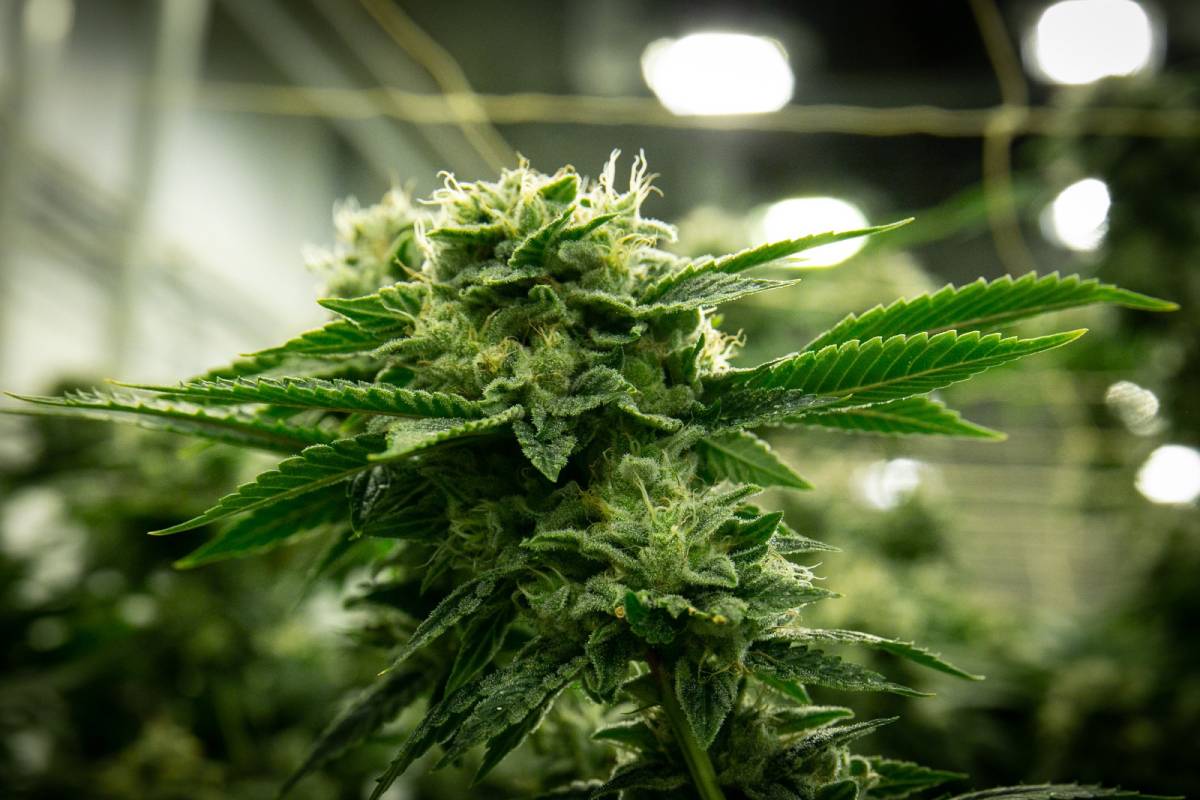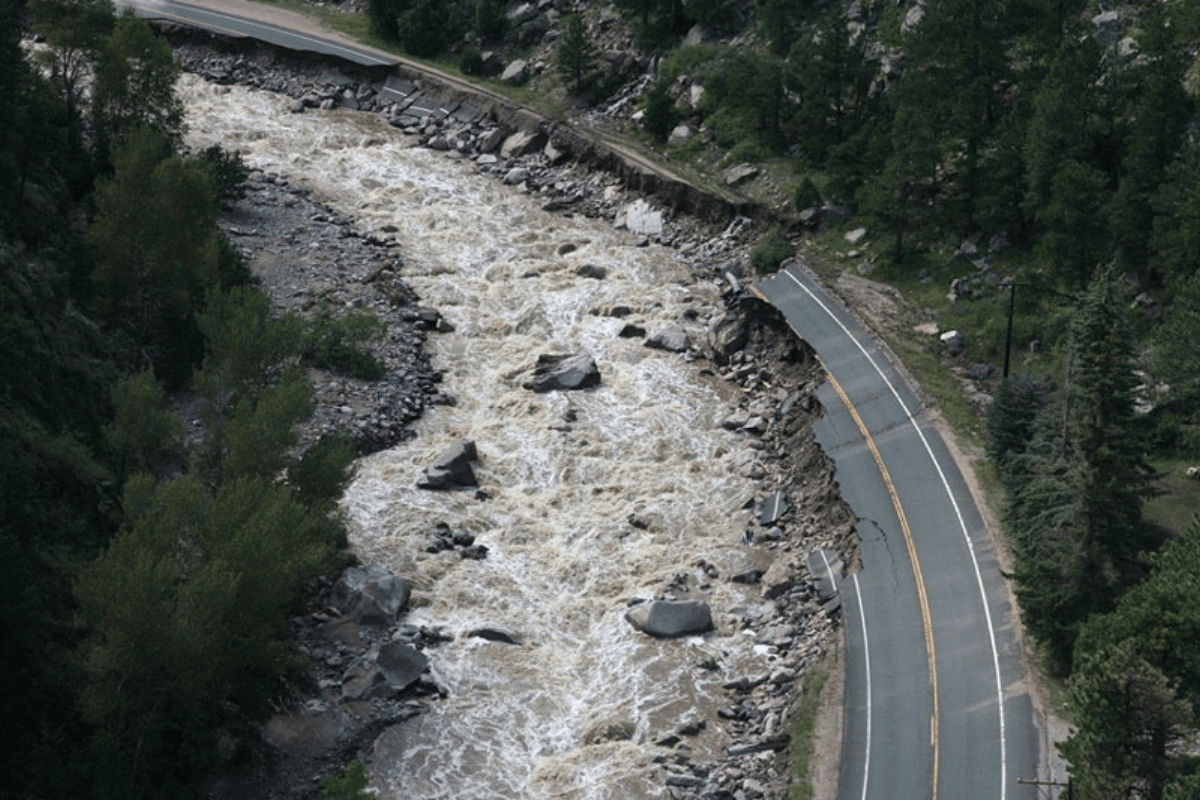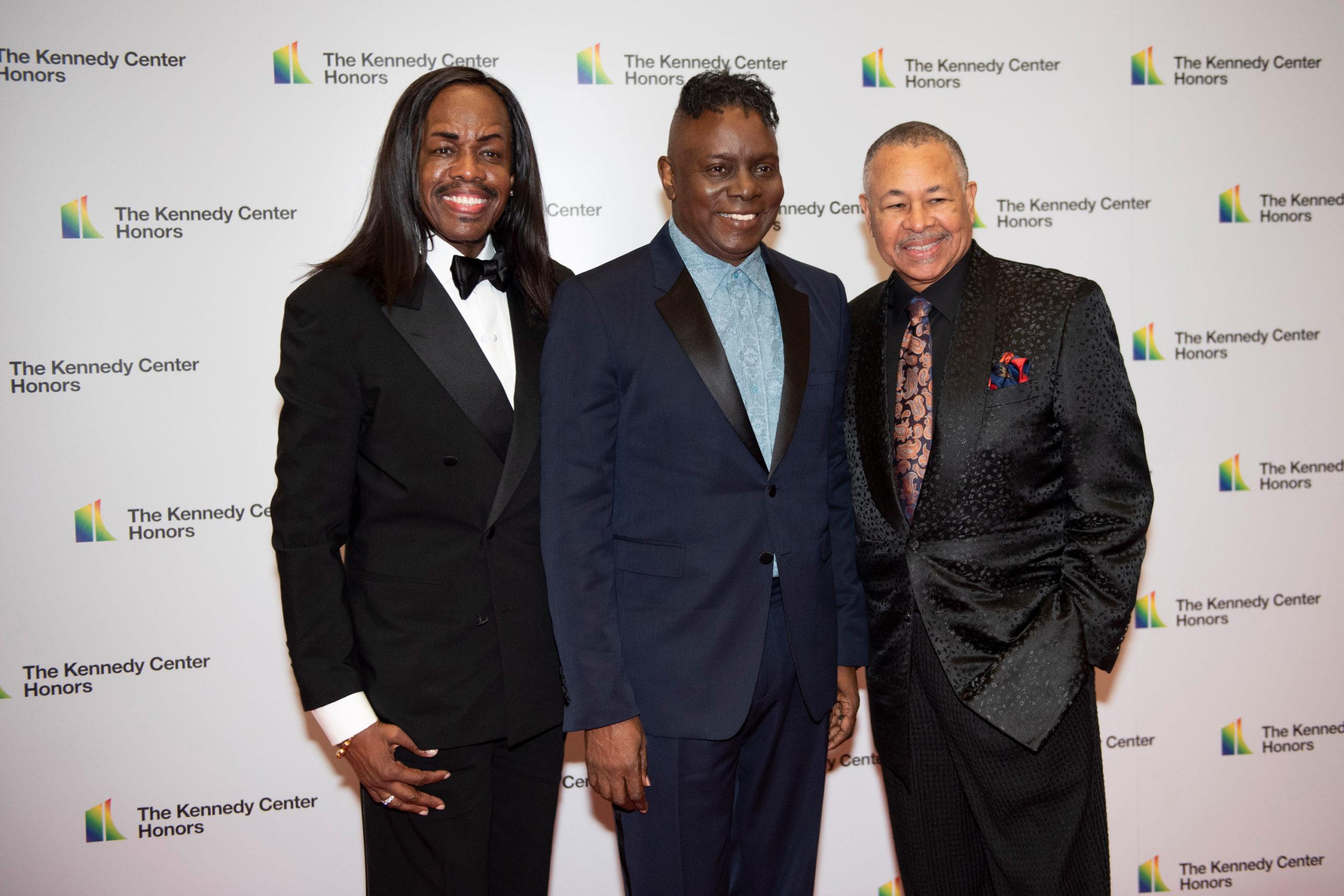Originally published on August 5, 2019 9:33 am
Zebra and quagga mussels can devastate an ecosystem, and Yellowstone National Park is doing everything it can to keep them out. Most recently, that includes harnessing the power of a dog's snout.
On a July morning at Grant Village Visitor Center, Barley the border collie was really in his element.
"Barley and Tobias and I are looking for zebra and quagga mussels," said dog handler, Kayla Fratt.
That morning Barley, along with a yellow lab named Tobias, planned to sniff boats, kayaks, paddle boards, or any other kind of watercraft before it goes out on the water. The trio is with Working Dogs for Conservation, a non-profit group that smells out invasive and endangered species all over the world.
So far that day, Tobias and Barley had inspected about 10 different boats in a parking lot next to Yellowstone Lake.
"Haven't found anything yet, but that's what we like to hear," said Fratt. Invasive aquatic species like zebra and quagga mussels can attach themselves to wet surfaces so all watercraft entering the park must go through an inspection. Fratt explained that while the mussels might appear small, but they are very destructive.
"They'll encrust pretty much every solid surface in the lake. They outcompete native species. They'll clog our drainage pipes. And they're filter feeders, so the lakes get clearer, which is one plus," she said. "But that's because there's no nutrients left for anything else to grow in."
When a truck with a small boat on a trailer pulls up to the parking lot, Fratt explained that a human inspection is mandatory, but boaters can opt out of the dog one. So she asked them if they minded having a mussel detection dog run through their boat, and they obliged.

Tobias sniffed around the outside of the boat with Fratt holding on tight to his leash, making sure to check out all the nooks and crannies. It only took him about a minute before he reported no signs of the nasty mussels. If he had, he would have been barking, whining and scratching.
"There's a good boy," said Fratt, and offered him some kibble for his work.
Tobias and Barley weren't always conservation dogs. Barley came from a rescue shelter in Denver. Tobias was once a stray, found wandering the streets of Helena, Montana. Fratt's organization employs all kinds of dog breeds. But they do need to have a good nose. They also need to be the obsessive type.
"We work with these really ball crazy dogs," Fratt said, as Barley repeatedly dropped his toy at my feet.
Fratt said training the dogs to detect the mussels is similar to teaching them to search for other things, like a missing person or drugs. It has everything to do with scent.
"And what we basically do is we'll take a little vial of zebra mussels. They're frozen, dried, and crushed so that they're super duper dead," she explained. "And we'll hold them out, and if the dog puts his nose on them, he gets the ball thrown at him." Handlers do this over and over again with dogs before they start hiding the vial in really easy to find places.
"Because they know if they find it, they get the ball, and then you basically make it harder and harder for them to find it, until they get really good at it," said Fratt.
Here in Yellowstone, there's a lot at stake. Sue Mills oversees the aquatic invasive species program at the park.
"If zebra or quagga mussels were to get established in a place like Yellowstone, it would be a major ecological crisis, not only for us, but for everyone downstream," warned Mills.
That's because Yellowstone is a headwaters for the Columbia River basin, which is the last major river system in the US without zebra or quagga mussels. So Mills has been looking at every possible solution, and she wondered what role the dogs could play.
"I was curious to see, are they really that good? They look like they're good," she said. So far, she said she's impressed. But dogs do have their limitations.
"Like people, they need [their] rest," said Mills. "So you need more than one dog."
Since Yellowstone has three different motorized boat ramps, they need sets of dogs for each of those.
"So you start having quite a large kennel at that point," she said. "And the question comes up whether or not at some point we would have detection dogs in the park."
Right now, the park is renting Barley and Tobias from Fratt's conservation group, like a lot of people do. These dogs don't stop at mussels. In Tanzania for instance, they track down human poachers. Closer to home in Montana and Idaho, they figure out the movement patterns of bears and mountain lions. Dog handler Kayla Fratt said this job takes her everywhere.
"We might be coming to check out some endangered or invasive species near you," said Fratt.
Copyright 2019 Wyoming Public Radio. To see more, visit Wyoming Public Radio.








